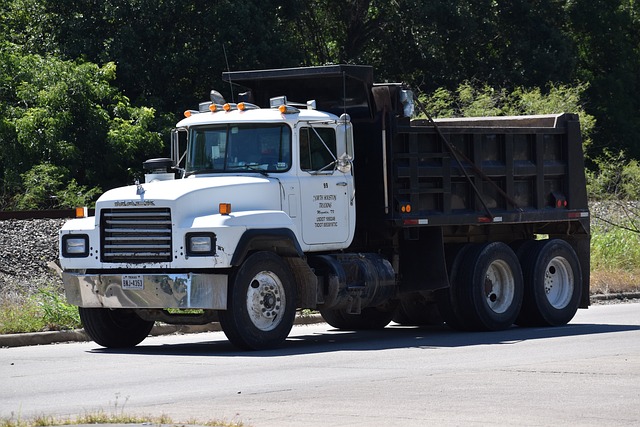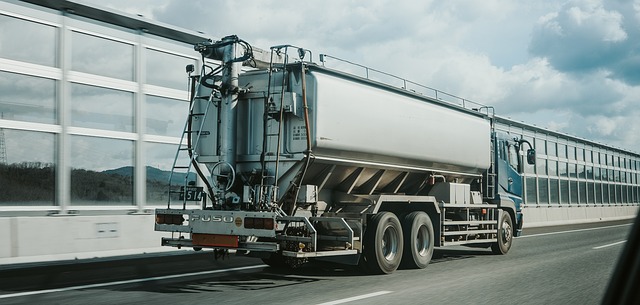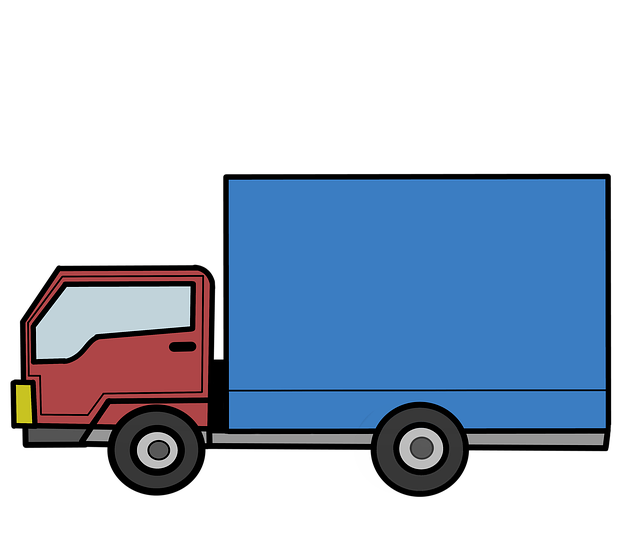Small fleet damage policies are crucial for mitigating risks associated with vehicle wear and tear and accidental damage. To optimize coverage, businesses should prioritize preventive measures like regular maintenance, driver training, and clear usage guidelines. Understand the distinction between normal wear and tear and actual physical damage to ensure adequate insurance protection against costly repairs or replacements. Evaluate operational needs, compare policy details, and consider additional perks for comprehensive small fleet risk management.
In the realm of small fleet management, understanding the distinction between wear and tear and covered physical damage is paramount. While wear and tear, often inevitable with frequent use, isn’t typically covered by insurance, unforeseen physical damages hold potential for compensation through specific policies. This article navigates these complexities. We’ll explore common causes and prevention strategies for wear and tear, delve into what constitutes covered damage under small fleet policies, conduct a comparative analysis between wear and tear and accidental claims, and offer optimization tips for choosing the right coverage.
Understanding Wear and Tear: Common Causes and Prevention Strategies

Wear and tear is a natural process that occurs over time, leading to the deterioration of assets, especially in commercial settings. In the context of small fleet damage policies, understanding wear and tear involves recognizing its common causes and implementing preventive measures. One of the primary contributors is age; as vehicles or equipment get older, their components naturally degrade, making them more susceptible to damage. Regular maintenance plays a crucial role in combating this. Establishing a consistent service schedule can help identify potential issues before they become significant problems.
Prevention strategies include driver training, ensuring safe operating practices, and promoting fuel efficiency to reduce engine stress. Additionally, providing drivers with clear guidelines on vehicle usage and load limits can mitigate excessive wear. Investing in high-quality replacement parts and keeping detailed records of maintenance activities can also contribute to extending the lifespan of fleet assets, thus reducing the impact of wear and tear.
Navigating Physical Damage: When is it Covered Under Small Fleet Policies?

Navigating Physical Damage: When is it Covered Under Small Fleet Policies?
For small fleet owners, understanding what constitutes covered physical damage under their insurance policies is paramount. Small fleet damage policies typically cover a range of incidents, including collision, theft, and vandalism. These events can cause significant wear and tear to vehicles, leading to costly repairs or replacements. Policyholders should be aware that comprehensive coverage, often included in small fleet policies, can provide protection against such damages.
When considering claims, insurance providers evaluate the extent of physical damage based on the vehicle’s condition before and after the incident. They assess whether the damage is cosmetic or structural, affecting critical components. By distinguishing between wear and tear and covered physical damage, small fleet owners can ensure their policies offer adequate protection against unexpected events that could otherwise strain their financial resources.
Comparative Analysis: Wear and Tear vs. Accidental Damage Claims

In the context of small fleet damage policies, understanding the distinction between wear and tear and accidental damage claims is paramount for businesses aiming to manage risk effectively. While both can lead to physical damage to vehicles, their origins and implications differ significantly. Wear and tear refers to gradual deterioration caused by normal use over time—a natural part of a vehicle’s lifecycle. This often includes issues like tire wear, rust, or faded paint, which are considered routine maintenance costs. In contrast, accidental damage claims involve sudden, unexpected incidents such as collisions, hit-and-runs, or vandalism. These events lead to more substantial, visible damage that requires immediate repair or replacement.
Small fleet damage policies cater specifically to these varied scenarios by offering tailored coverage. Accidental damage claims are typically covered under comprehensive insurance policies, which protect against a wide range of perils including theft, natural disasters, and the aforementioned accidental incidents. On the other hand, wear and tear is often excluded from standard insurance plans unless specific endorsements are added. These endorsements can help businesses mitigate financial losses associated with routine maintenance costs, ensuring that their small fleet remains operational and cost-efficient over the long term.
Optimizing Coverage: Tips for Choosing the Right Small Fleet Damage Policy

When optimizing coverage for your small fleet, choosing the right damage policy is paramount. Start by assessing your specific operational needs and understanding the types of risks associated with your vehicles. Consider factors like usage patterns, vehicle types, and common driving environments to tailor a policy that offers comprehensive protection.
Research different small fleet damage policies, comparing their coverage limits, deductibles, and exclusions. Opt for a policy that strikes a balance between financial security and cost-effectiveness. Look into additional perks such as roadside assistance, rental car coverage during repairs, and accident forgiveness to enhance your overall peace of mind on the road.
In conclusion, effectively managing wear and tear versus covered physical damage is paramount for businesses operating small fleets. By understanding common causes and implementing preventive strategies, organizations can minimize the impact of wear and tear on their vehicles. For unexpected physical damage, navigating insurance policies becomes crucial. This article has provided valuable insights into small fleet damage policies, comparative analysis, and optimization tips to help business owners make informed decisions, ensuring their fleets remain in top condition with adequate coverage.
